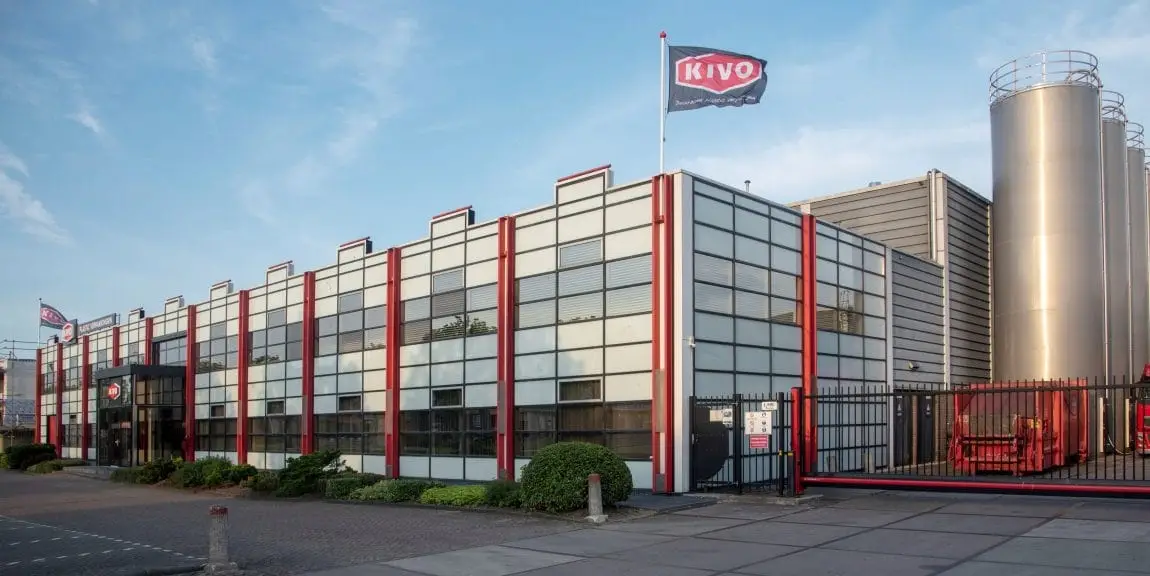Knowledge base
The knowledge base contains articles, infographics and other inspiring examples. Through this knowledge base, we make information about plastic packaging and everything within our industry widely accessible. Articles are selected based on relevant developments within the industry.
